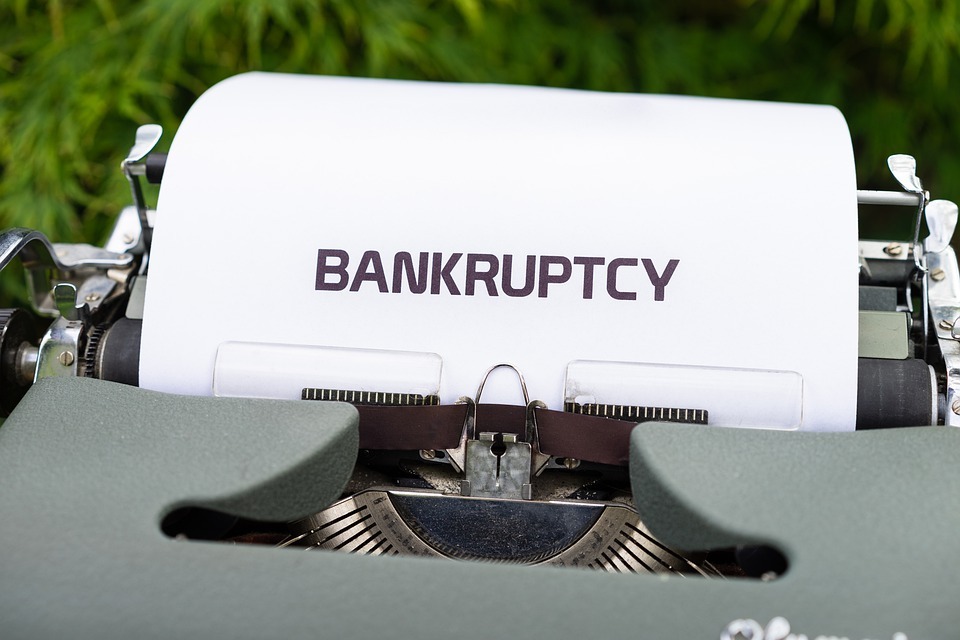Many businesses start up with great ambitions and aspirations to become a successful, dominant force in their industry. Unfortunately, many companies simply run into complications completely out of their control that could lead to the businesses’ demise. When this happens Creditors Voluntary Liquidation (CVL) is a necessary procedure to bring the business to an end and wind the company up. Today we will take a closer look at what Creditors Voluntary Liquidation is and how exactly does it work. Clarke Bell can give additional insights about Voluntary Liquidation.
What is Creditors Involuntary Liquidation?
A Creditors Involuntary Liquidation is a formal insolvency procedure involving the directors of an insolvent company deciding to bring the company to an end. Although the process is voluntary it can often span after many months of financial distress when the business is no longer sustainable. Although the process is not an ideal solution, for an insolvent company, that has no profitable future, this process is usually the best solution for all those involved in the company.
When is the company classed as insolvent?
Analysing your cash flow and examining your balance sheet can usually help business owners determine if the company is insolvent. A cash flow insolvent company is unable to meet liabilities and can not produce results in its obligations, whereas a company that is balance sheet insolvent has liabilities at such a level that outweighs their assets. Reaching either one of these circumstances means that you must take vital steps to reduce the impact this will have on creditors.
When a company is insolvent you need to be cautious making payments to creditors if you do not have sufficient funds to pay everyone you owe. Deciding to pay one creditor over another may be classed as making preference payment and subsequently, you could become personally liable for repayment of such sums in liquidation. Additionally, any assets or cash belonging to the business should be guarded, not sold, or moved out of the business.
What is important for businesses to realise is that trading under the acknowledgment they are insolvent is risky. You may find yourself liable for trading under this knowledge and run into serious matters legally.
Why put your company into Creditors Voluntary Liquidation?
There are numerous reasons why this option could be the best solution for your company. Here are some of the reasons for choosing Creditors Voluntary Liquidation:
- The company may have received a statutory demand from a trade creditor or a winding-up petition.
- Insolvency due to exceeding liabilities on a balance sheet.
- Unable to pay rent on a building.
- Change in industry standards renders a company’s trading principles.
What are the advantage and disadvantages of Creditors Voluntary Liquidation?
Advantages
- Directors have more control in compulsory liquidation.
- Relief from debt.
- Possibility to purchase back assets.
Disadvantages
- Liquidation often commences long investigations into the companies practices and deals.
- Personal Guarantees will be required.
- Shareholders have reduced chances to receive a return.
Steps to be taken
Undergoing any liquidation is a distressing process both emotionally and financially. It can be a very complicated subject and may require you to seek out professional guidance.
If you are in the process of CVL then it is best to have assistance from a licenced insolvency practitioner to avoid errors being made and advise on the best moves for your company.

